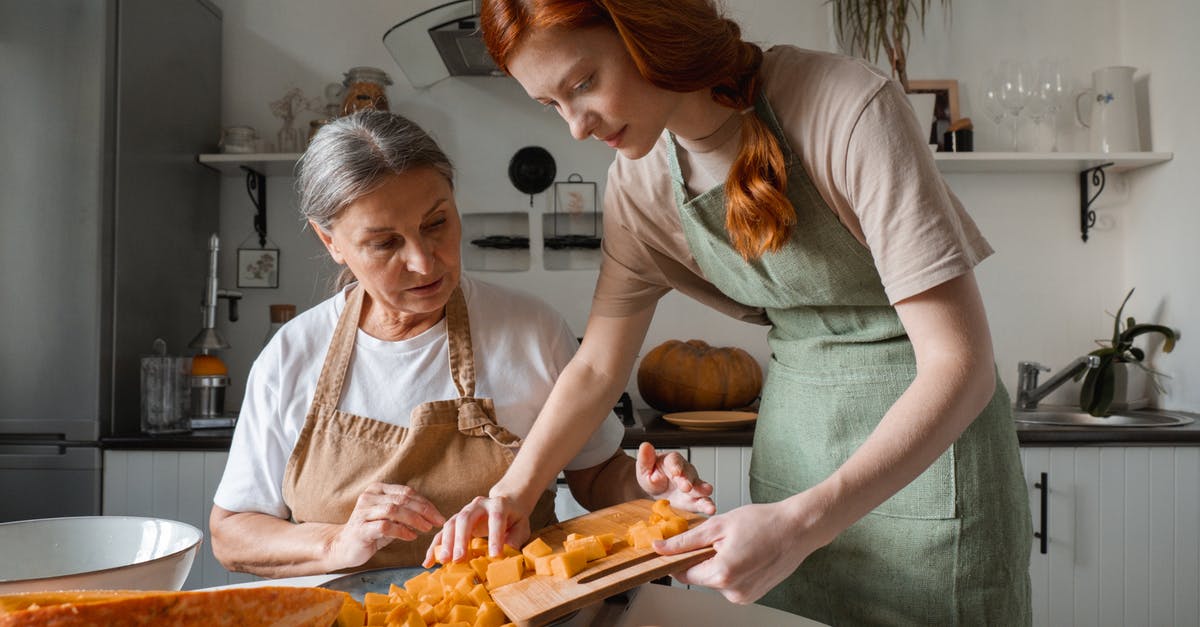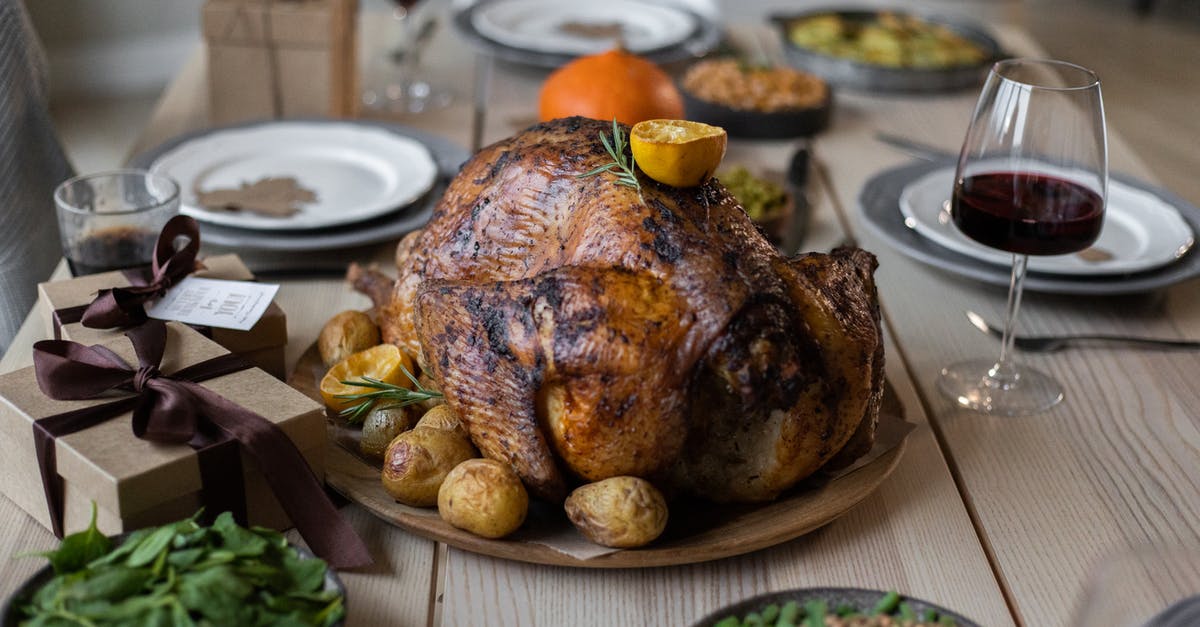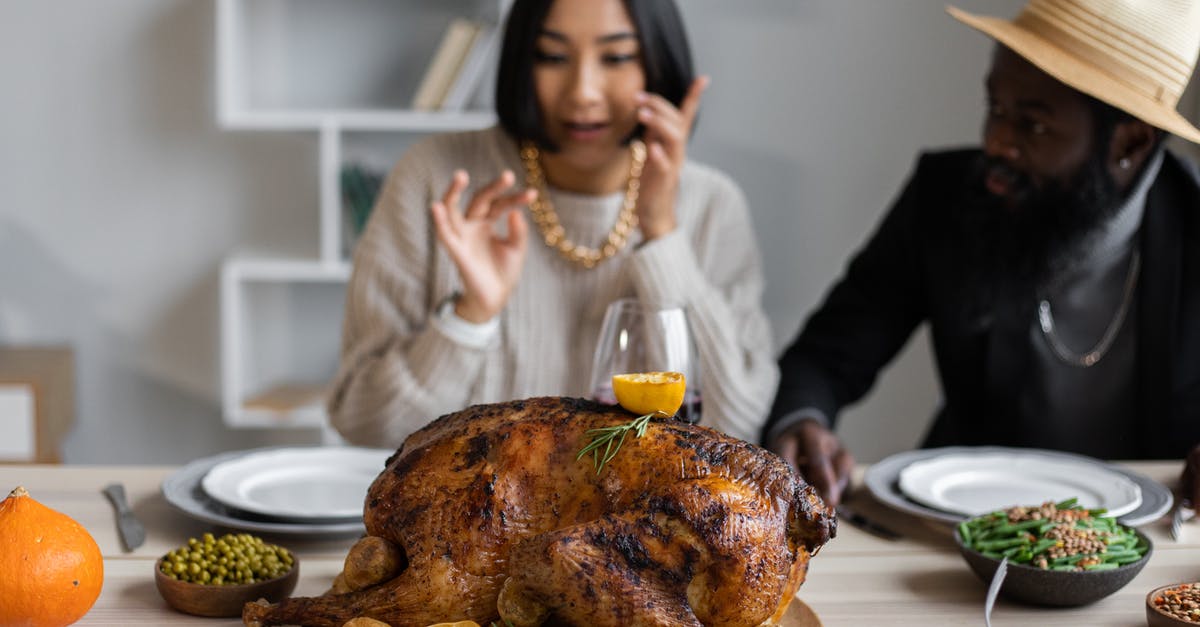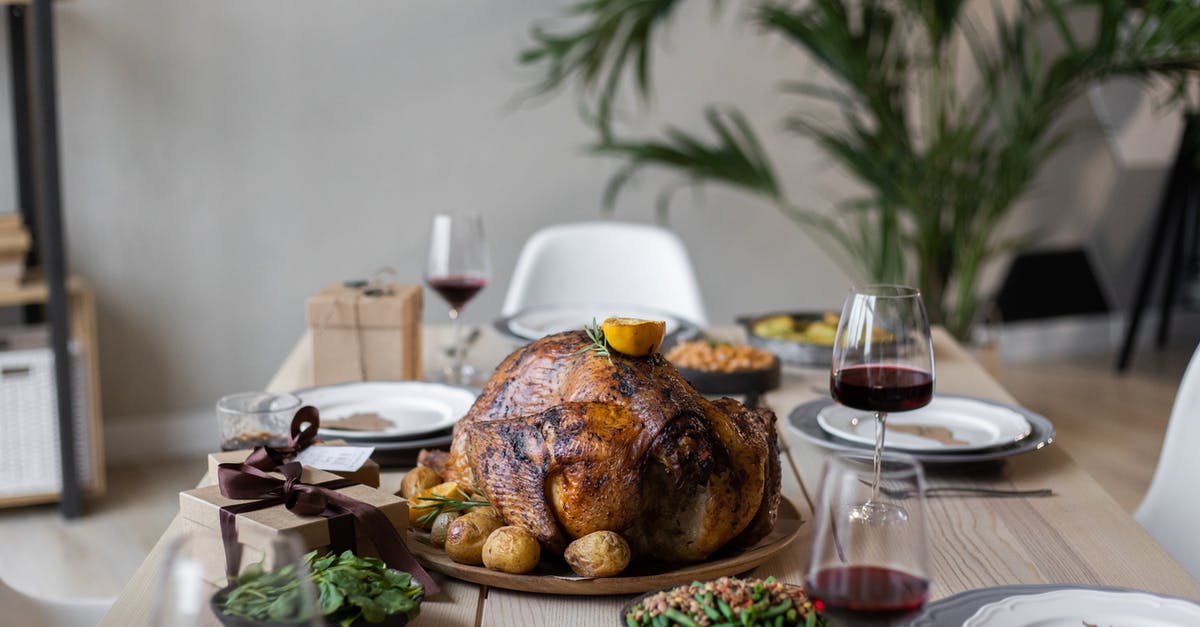Dicing roasted pumpkin instead of puréeing it?

I have a memory of reading somewhere (but I can’t seem to find the source) that when making a pumpkin pie from fresh pumpkin, you could beneficially dice the pumpkin after roasting it instead of puréeing it. Is this true, or will it ruin the pie if I try that?
Also, does dicing the roasted pumpkin instead of puréeing it make it easier to deep freeze it?
Best Answer
If you are trying to make a classic, traditional, American Thanksgiving pumpkin pie, use pumpkin puree. If you dice the roasted pumpkin instead of pureeing it, it will be somewhat chunky. If you make a regular pumpkin pie and it has chunks in it, it will not come across as a creative twist on a classic. It will come across as, "Ew, this pie has lumps in it." Even mature adults turn into children when you start messing with the recipes their mom and grandma used to make for the holidays.
That's not to say there's no way to make a good pie with chunks of chopped, roasted pumpkin. It just won't be traditional. My rule of thumb when putting a creative twist on a traditional recipe, is to make the new version different enough from the original that I can call it something else. That way the people I feed it to are expecting something new and different.
For example, you could make a savory pie with caramelized onion and spinach and chopped roasted pumpkin. Make sure the top of it doesn't look like a regular pumpkin pie, or someone will try to eat it for dessert and be very disappointed. A crumbly or crunchy topping would do the trick.
It also helps to have a good name for your creation. Something that references the chunkiness and makes it seem like an feature, not a bug. Also something that makes it clear that it's different from the traditional. Notice that I didn't describe my savory example as a pumpkin pie. I can't wrap my brain around calling something savory a pumpkin pie, even though that's a technically accurate description.
Pictures about "Dicing roasted pumpkin instead of puréeing it?"



Roasted Pumpkin Recipe
Sources: Stack Exchange - This article follows the attribution requirements of Stack Exchange and is licensed under CC BY-SA 3.0.
